Designed to be recycled
If we want to recycle more plastic, we must design for it.
Lightweight plastic is very efficient. Its use in packaging and products typically requires less material by weight and helps drive down greenhouse gas emissions (GHGs) compared to common alternatives.
But too often, it’s not readily recycled.
Fortunately, many people and companies are working hard to change that.
Combining Efficiency and Recycling
The ongoing evolution toward plastic is occurring largely due to its efficiency as a material… which allows us to do more with less.
But plastic’s efficiency is not enough.
We must design more plastic packaging and products to be recycled (or reused), which will further drive down waste and GHGs.
But plastic’s efficiency is not enough.
We must design more plastic packaging and products to be recycled (or reused), which will further drive down waste and GHGs.
Designing for Recycling
To create a more circular economy, in which plastic is reused instead of discarded, it’s important to develop innovative packaging and products that are easier to recycle with today’s recycling equipment.
Most recycling equipment in use today was designed to process specific items, like bottles and containers. In recent years, items like plastic tubes and pouches have become more popular – due to their lighter weight and use of less material, which are environmental benefits. But these items are often tricker to recycle with a lot of the recycling equipment in use today.
And items made from multiple materials are especially difficult to separate in the recycling process.
So leading companies are partnering with plastic makers to redesign packaging and products to make them easier for recyclers to process.
This gives plastic a more circular life, greatly reducing the chance of the material becoming waste and helping keep it out of our environment.
If you really want to geek out on this topic, check out the Association of Plastics Recyclers’ Design Guide for Plastics Recyclability here.
Note: You can see what plastic is accepted in your community by checking your local recycler’s web site.
Some Examples of Designing for Recycling
Let’s dig in and see a few examples.
NOTE: Featured products were obtained from public announcements and are included for identification and educational purposes. There is no express or implied endorsement, sponsorship or affiliation with America’s Plastic Makers.
Bottle cap strap
Berry Global and Coca Cola announced a soft drink bottle with its cap strapped/tethered to the bottle itself. It’s rolling out in Europe, “making it less likely to be littered and more likely to be recycled.”
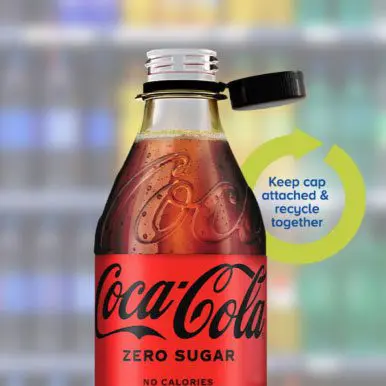
Toothpaste tubes: From multi-material to single material
Some toothpaste makers have switched from multi-material to single material tubes, making them more likely to be accepted in recycling programs (check your local recycling guidelines).
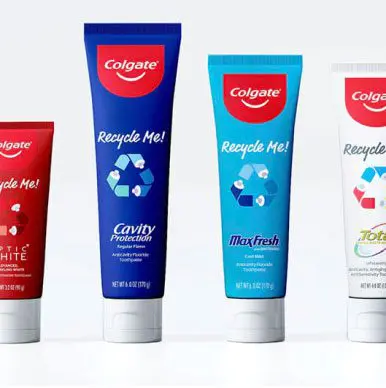
It’s not easy being green
Sprite removed its iconic green color from plastic bottles, which helps improve the value of the plastic when recycled. Coca Cola is removing color in other brands/plastic bottles, too.
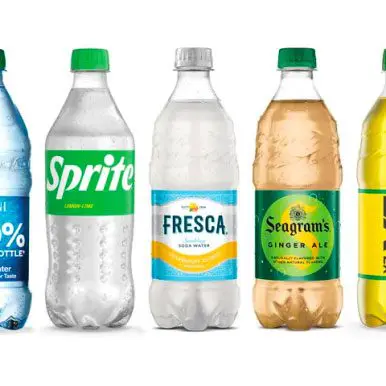
E-commerce packaging: Switch to single material
More e-commerce packaging (bags, wraps, air pillows, bubble wrap) today is made from a single type of flexible plastic, making it easier to recycle.

Food pouches: From multi-material to single material
Aldi (among other grocers) is working with suppliers to transition multi-material food pouches to single material, making them more readily accepted in many recycling programs (again, check your local recycling guidelines).
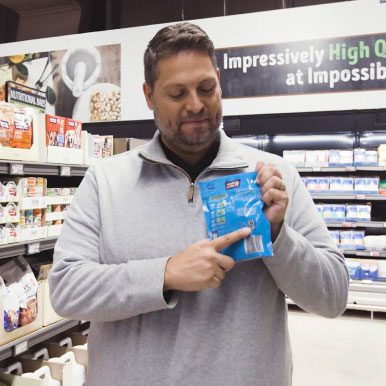
Squirty caps material switch
Beginning in Europe, Kraft Heinz is rolling out ketchup bottles with squirty caps made of the same material, making the bottle & cap easier to process for recycling.
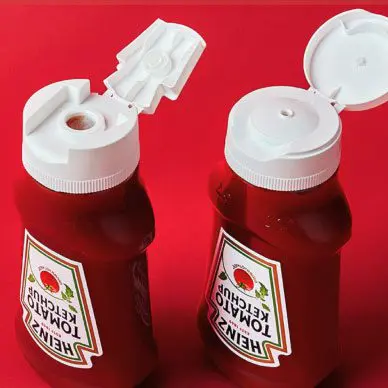
Spray and pump tops: Switch to single material
Ever notice that a lot of spray and pumps tops are getting less complex? Several companies are transitioning from multi-material mechanisms to a single material, making the bottles and tops easier to recycle.
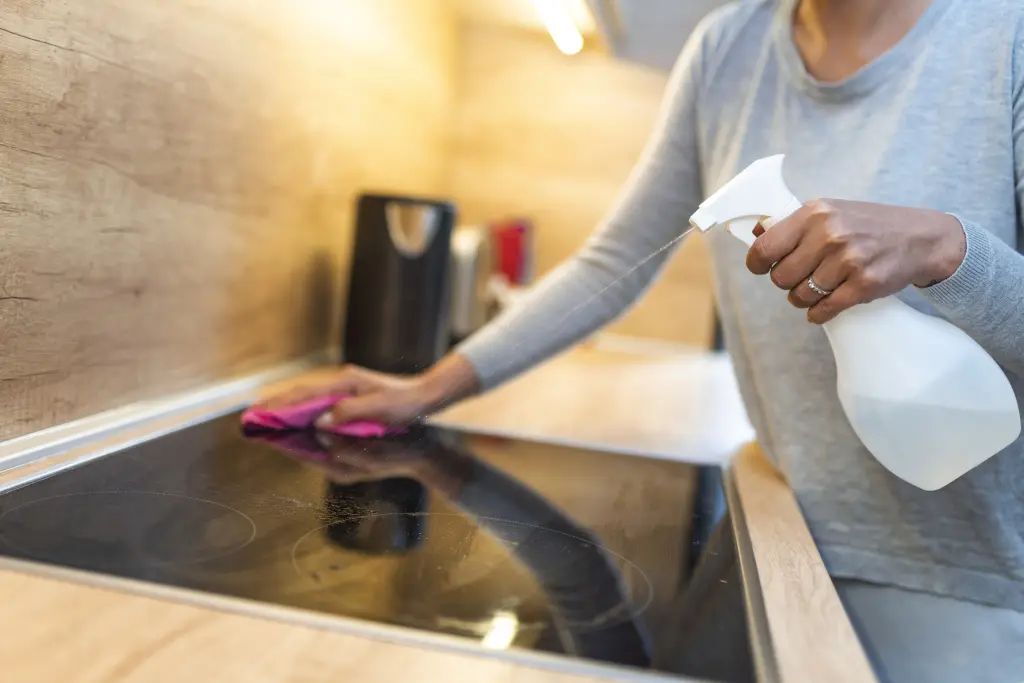
Cell phones: Recycle and reuse
Many companies already design cell phones to be recycled in their take back programs. Today, many mobile phone companies are working to “help extend the longevity of existing mobile devices… by giving them a second life through refurbishment and reuse.”
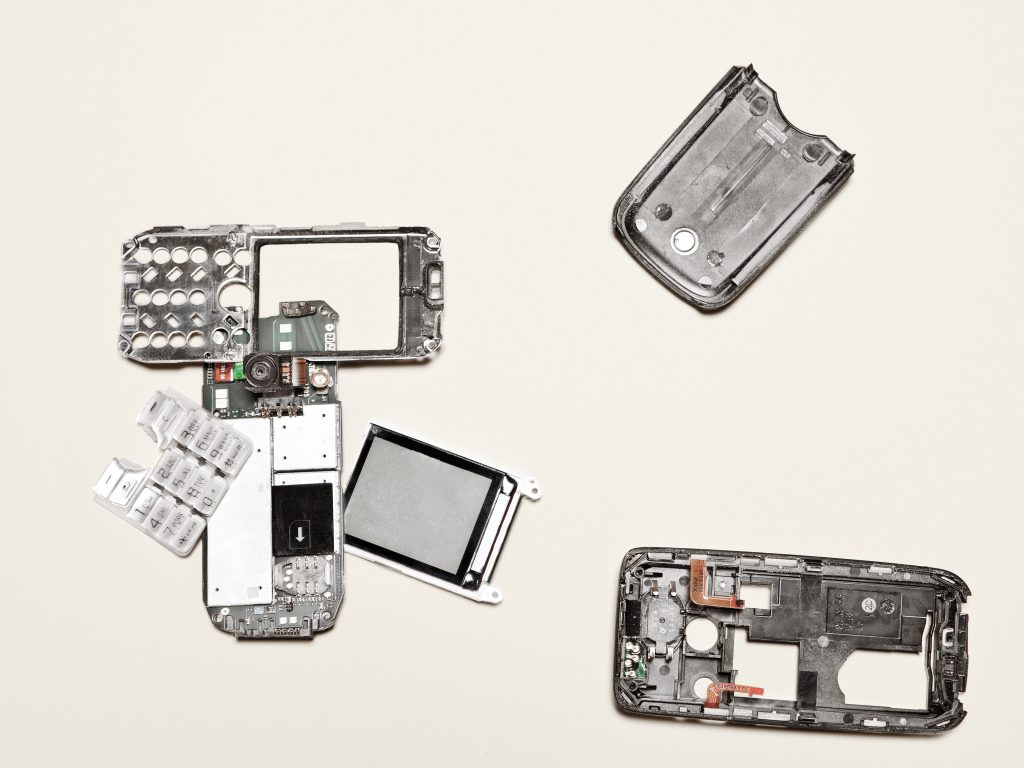
Totes: Make them from single, recyclable material
A company designed a collection of bags (duffle, backpack, tote) from a single type of recycled plastic… and provides a shipping label to return the bag for recycling at the end of its life.
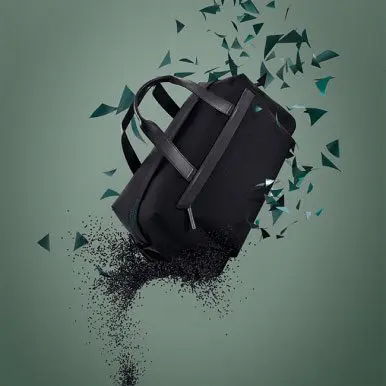
Carmakers: Aiming for Circularity
Carmakers are working with plastic makers and the Department of Energy’s Oak Ridge National Laboratory to develop a path toward auto “circularity,” in which car components are designed to be recycled or reused.
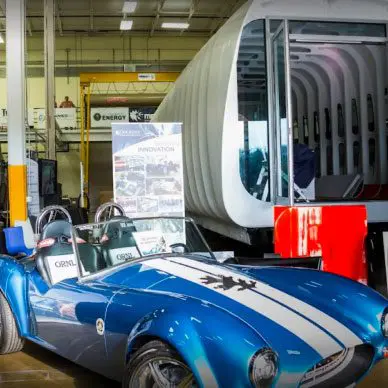
A recycled recycling bin
A twist on “designing for recycling” – a curbside recycling cart that’s made from recycled plastic collected at curbside.
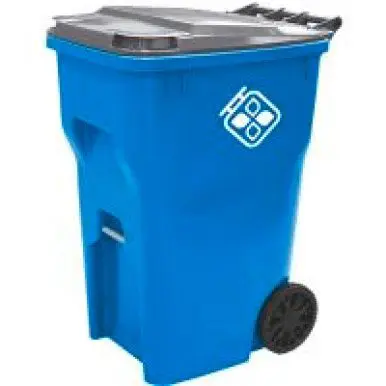
Please Pitch In!
Recycling only works when everybody recycles… and recycles right. Check out these 9 Simple Tips to Recycle More Plastic.
(Remember: You can see what plastic is accepted in your community by checking your local recycler’s web site.)
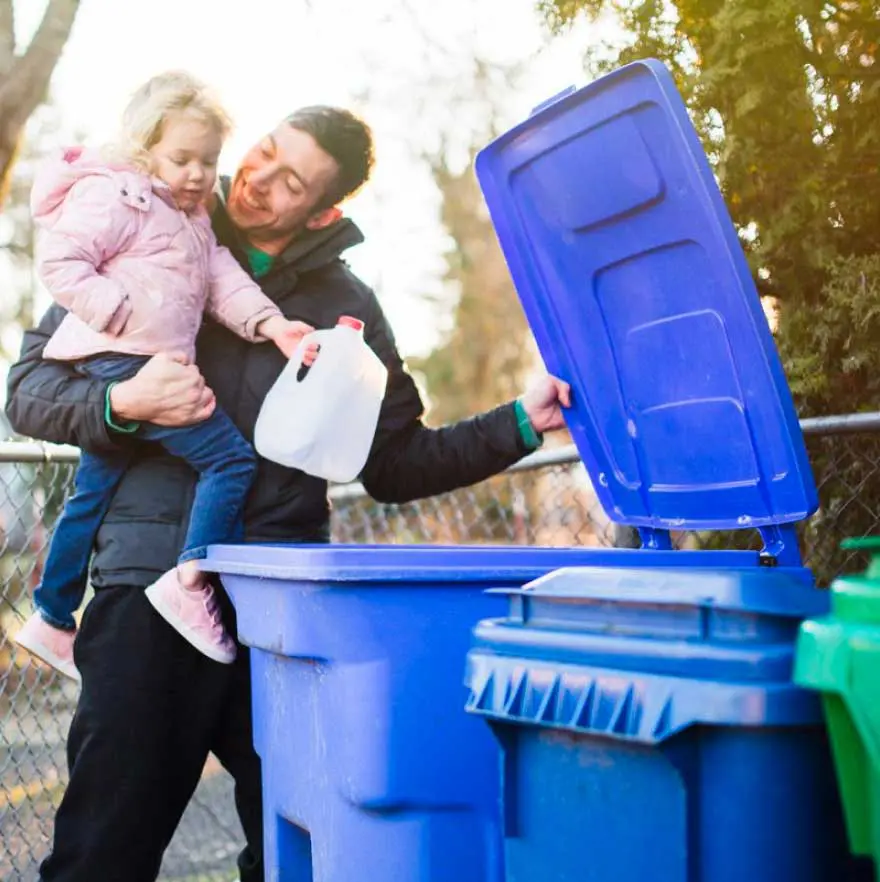
NOTE: Typically, you CANNOT recycle flexible plastic in your curbside bin just yet. Instead look for recycling bins for plastic bags/wraps/film at participating grocery and retail stores.
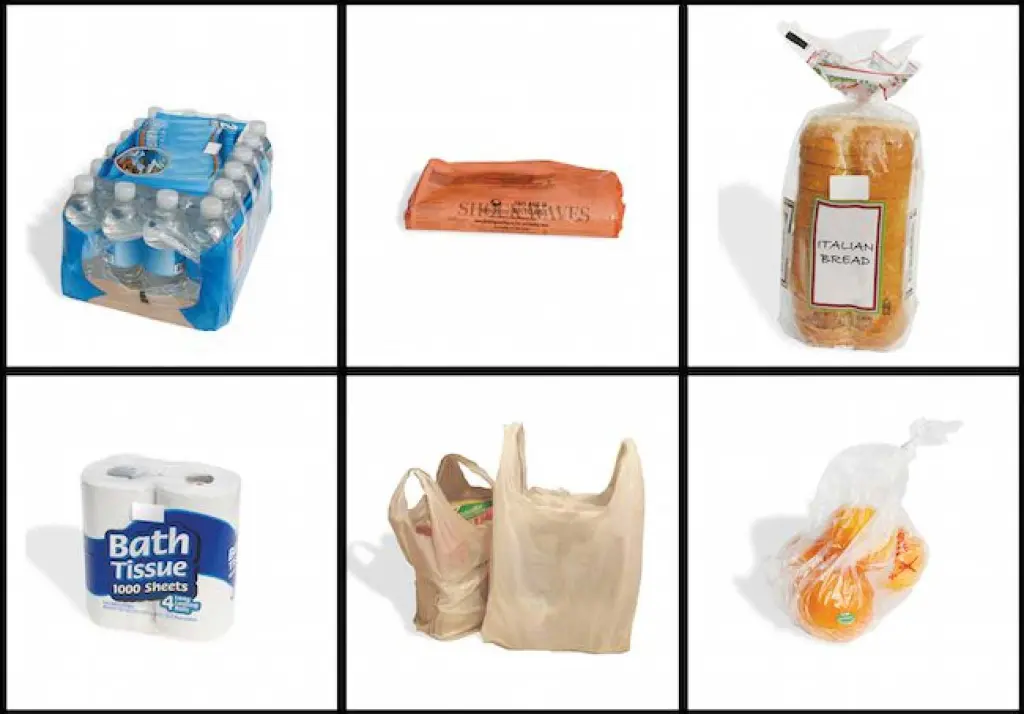
Related Resources
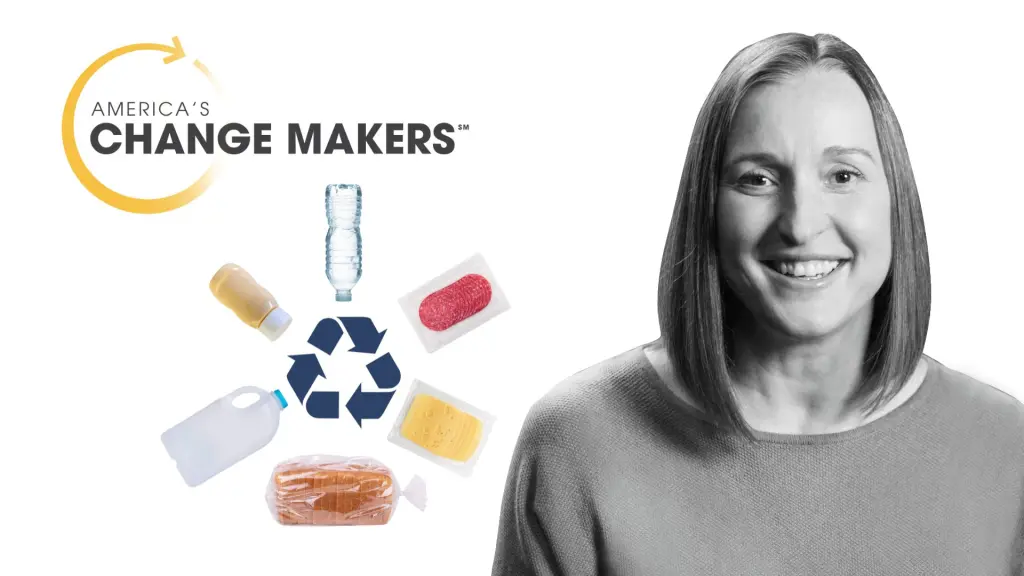
Meet Anna: The Strategist
Meet Anna, circular economy market manager for NOVA Chemicals. Anna is focused on making sure that more of the plastics her company makes can be recycled. She calls it “design for recyclability.” And it’s key to creating a circular economy.
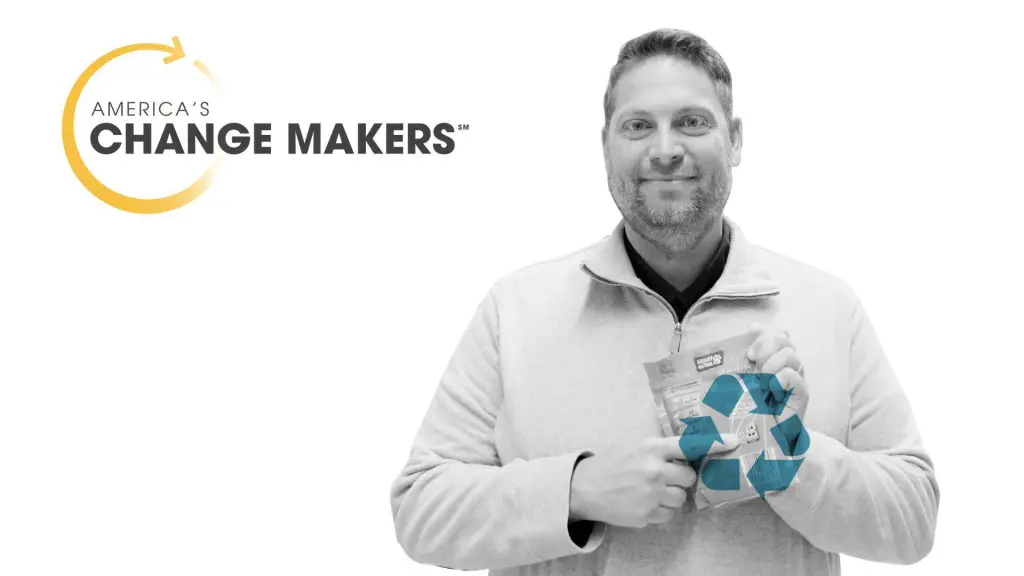
Meet John: The Collaborator
Discover how John, as a Value Chain Manager at NOVA Chemicals, is driving the conversion of non-recyclable pouches into 100% polyethylene material, a widely recycled plastic, and collaborating with industry leaders like ALDI to transition previously non-recyclable packages into eco-friendly, recyclable packaging solutions.
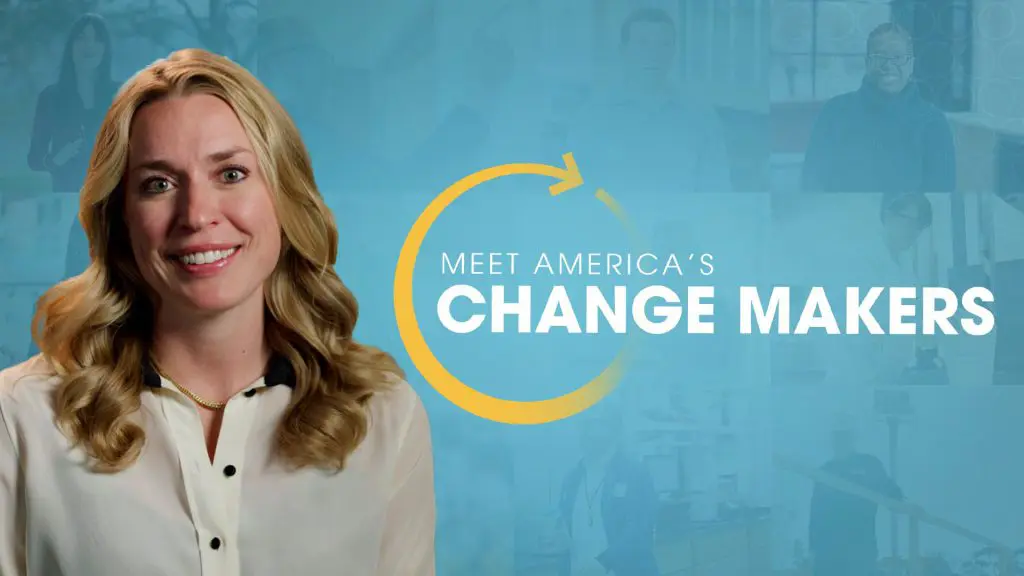
Meet Monika: The Scientist
Monika is an e-commerce market manager at NOVA Chemicals who helps big brands improve their sustainability by creating recyclable and sustainable packaging.
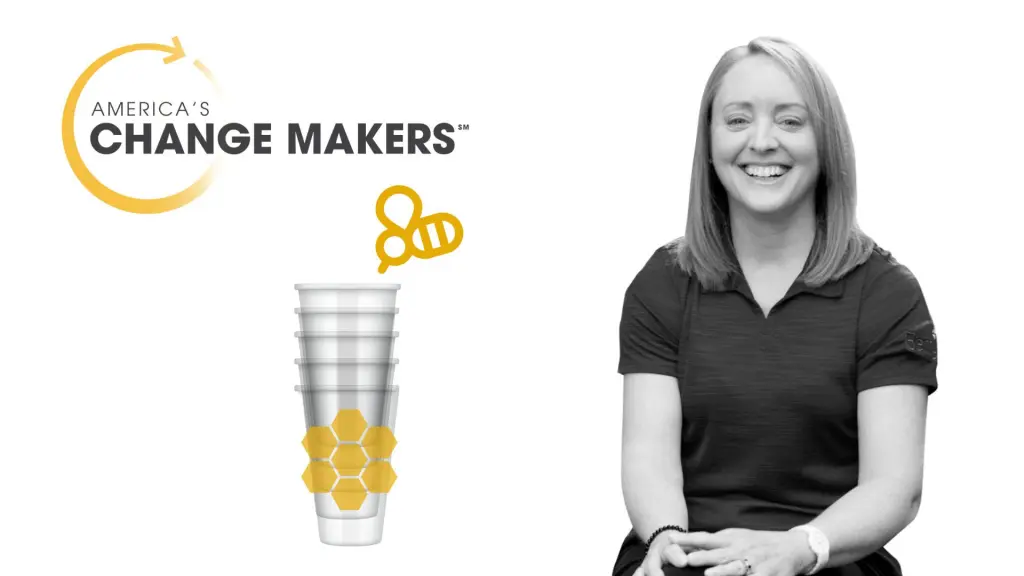
Meet Diane: The Preservationist
Meet Diane, the sustainability director for consumer packaging in North America at Berry Global. Diane is making sustainable change happen for various products, from drink cups to chocolate packaging, all while ensuring they remain recyclable and contribute to shrinking their environmental footprint.
